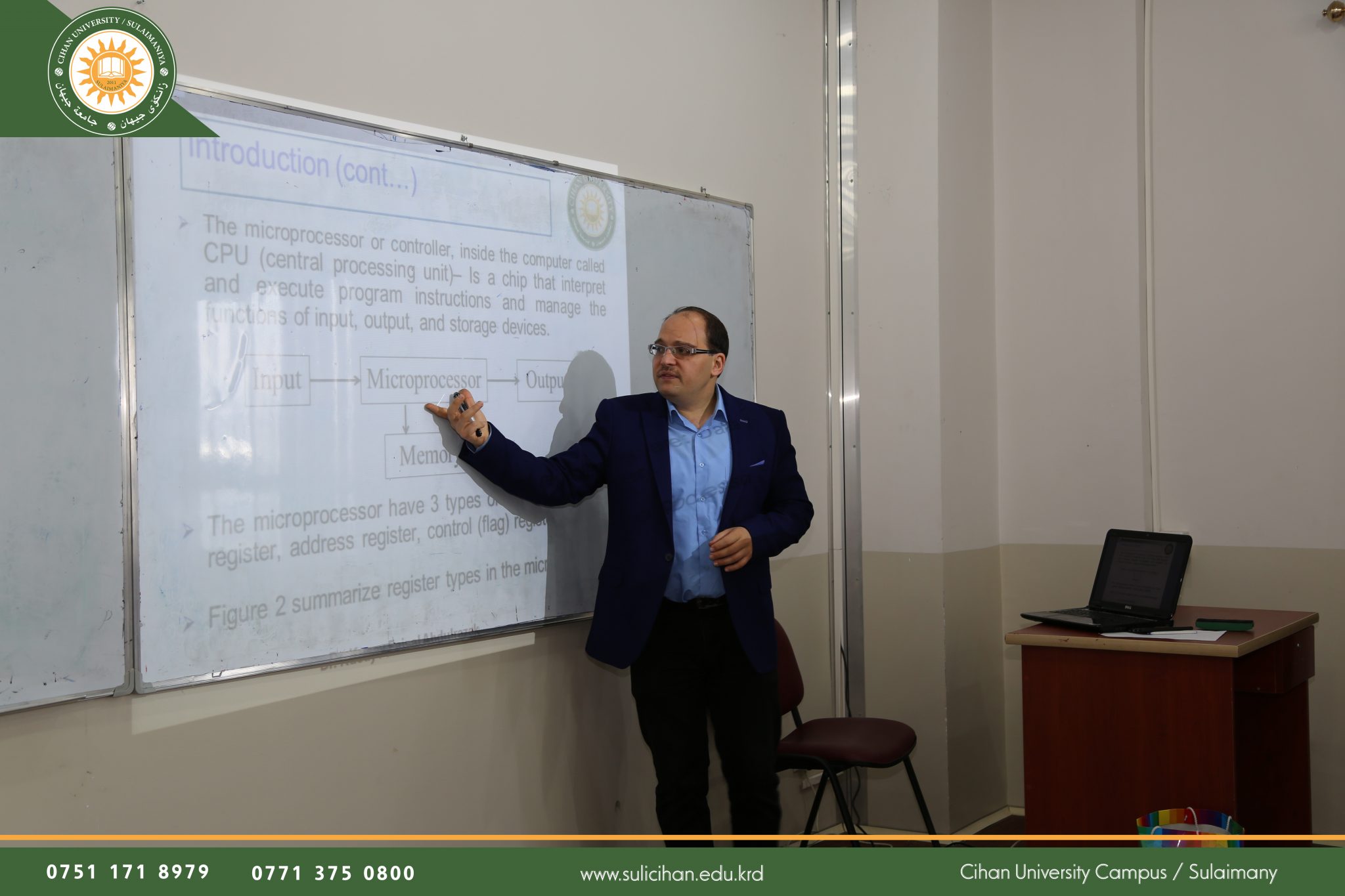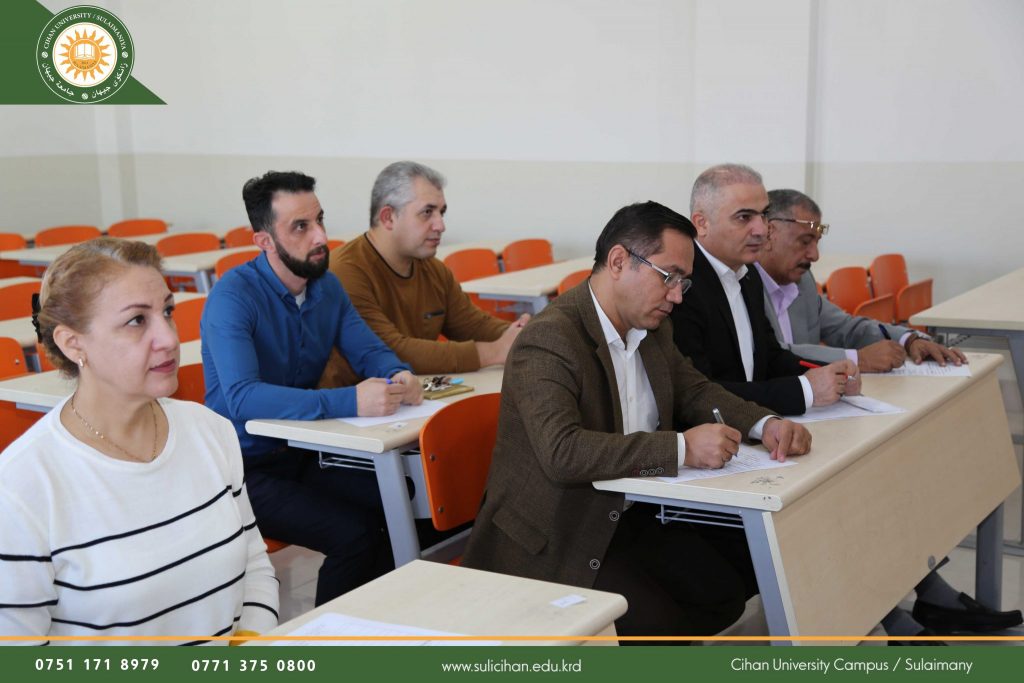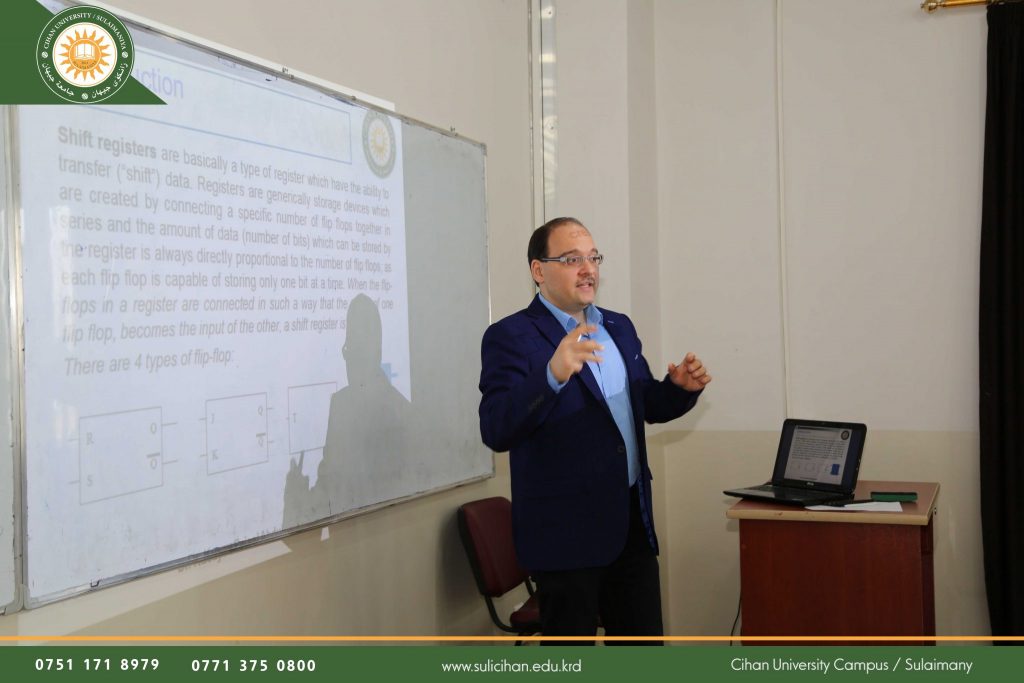
The microprocessor or controller, inside the computer called CPU (central processing unit)– Is a chip that interpret and execute program instructions and manage the functions of input, output, and storage devices. The microprocessor has 3 types of registers are: Data register, address register, control (flag) register. Registers are temporary storage locations inside the CPU that hold data and addresses.
In digital circuits, a shift register is a cascade of flip flops, sharing the same clock, in which the output of each flip-flop is connected to the ‘data’ input of the next flip-flop in the chain, resulting in a circuit that shifts by one position the ‘bit array’ stored in it, ‘shifting in’ the data present at its input and ‘shifting out’ the last bit in the array, at each transition of the clock input.












